I love “Hands On” Museums. Before Seder (even several days before Seder), invite your kids to a Seder Plate Discovery Zone. Encourage them to feel and hold every item that goes on a Seder Plate. How many kids have ever really touched maror? shankbones? Hand out rubber gloves so that they can easily handle maror; let them put on aprons and make charoset using a simple recipe. Show how you broil an egg. You can even have them make their own Seder plates. Ask them to become docents at the Seder and lead a tour around the Seder Plate.
Seder Plate Stations:
1. The Shank bone (Zeroah)
The shank bone on the Seder plate represents part of the Passover Sacrifice offered before the Jews left Egypt. Most people will roast a chicken neck for the Seder plate.
What to do with it?
Most kids will be fairly grossed out by the roasted shank bone. For those who can stomach it, let them handle the shank bone. Explain the broiling process and the reasons behind the shank bone.
2. The Roasted Egg (Beytzah)
The egg represents a sacrifice brought to the Temple on holidays. Many people will roast the egg before putting it on the Seder plate.
What to do with it?
Traditionally, people will serve sliced hard-boiled egg in salt water as an appetizer at the Seder. Let your kids handle the eggs or even shell the hard boiled eggs to be served at the Seder.
3. The Bitter Herbs (Maror)
Maror reminds of the bitterness of being slaves in Egypt. Depending on your family tradition, bitter herbs can be grated horseradish or romaine lettuce. Horseradish needs to be peeled and cut.
What to do with it?
Similar to onions, you may cry while grating the horseradish. Let your kids handle this unfamiliar vegetable. Word to the wise, have them put on rubber gloves first. Your older kids can help peel and grate it. Usually, an entire piece of horseradish is placed on the seder plate while grated horseradish is used later in the Seder.
4. Charoset
Charoset is on the Seder plate to remind us of the mortar and brick the Jews made while slaves in Egypt.
What to do with it?
Have your kids follow our simple charoset recipe:
1 c walnuts, chopped
3 apples, peeled and chopped finely.
1 c red wine
1 ½ tsp cinnamon
Your kids can make the charoset for the seder.
5. Karpas
Usually a root vegetable, karpas symbolizes the work the Jews did as slaves in Egypt. Karpas can be any of a variety of different vegetables. Often, it depends on your family’s tradition. Celery, parsley, potato or onion have all served the role of karpas on Seder plates.
What to do with it?
Decide on which karpas you use. Have your kids help prep the karpas. On Seder night, the karpas is dipped into salt water and served.
6. Chazeret
Chazeret is usually Romaine lettuce. Again, it is used to represent the bitter time to Jews spent in Egypt as slaves.
What to do with it?
Wash it well. Cut it up. Put on the Seder plate. (not too much excitement there!)



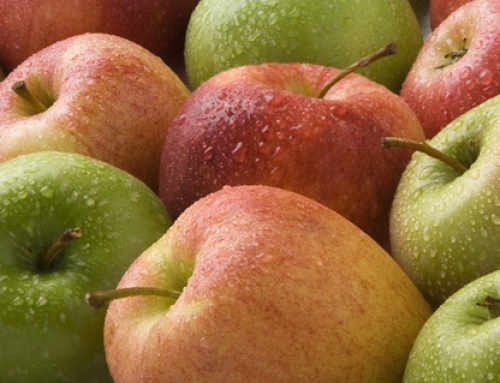
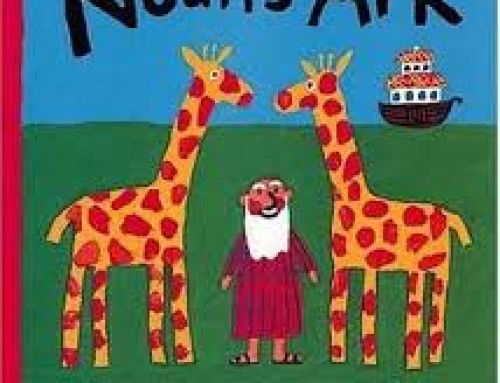
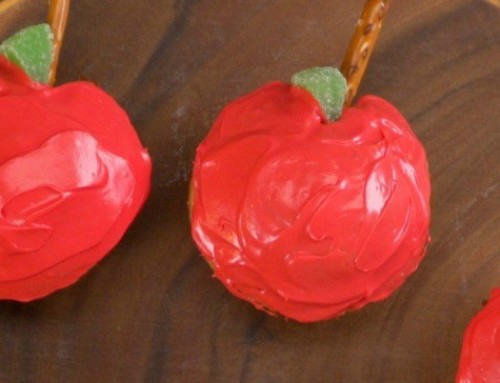
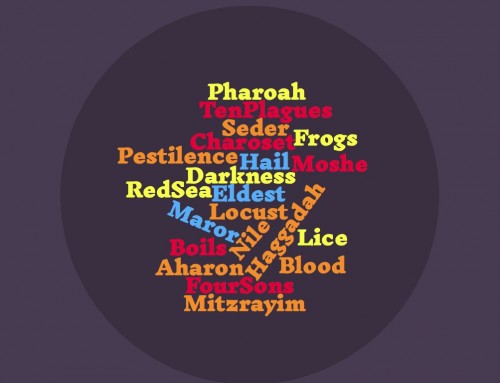
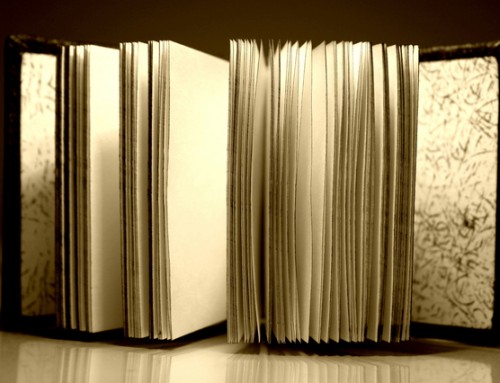
Leave A Comment